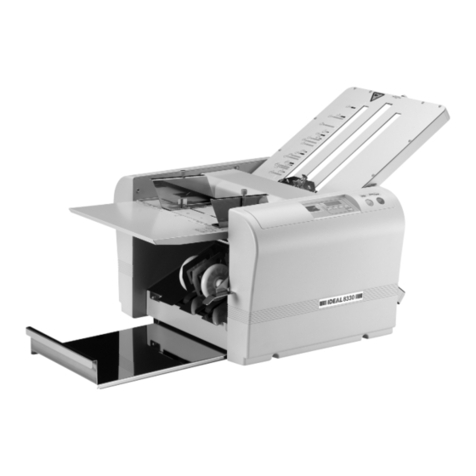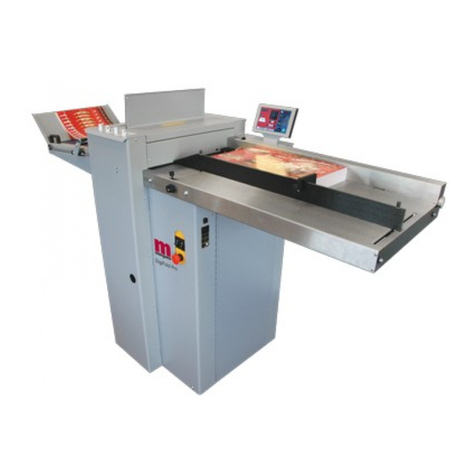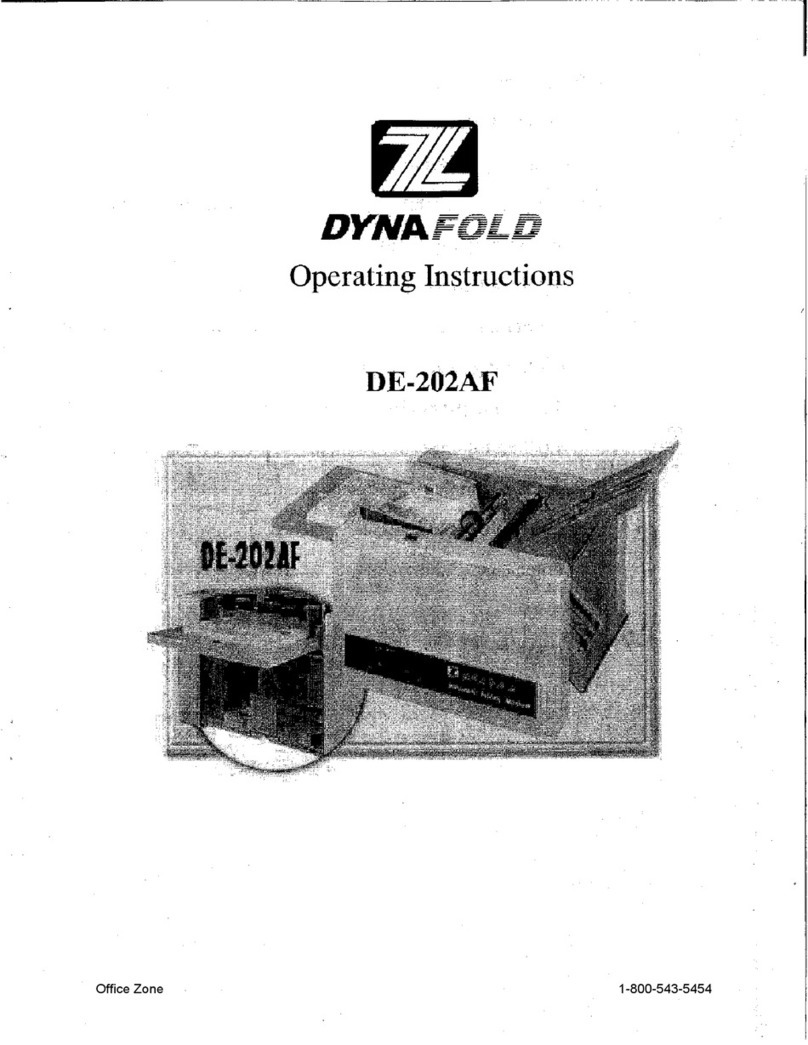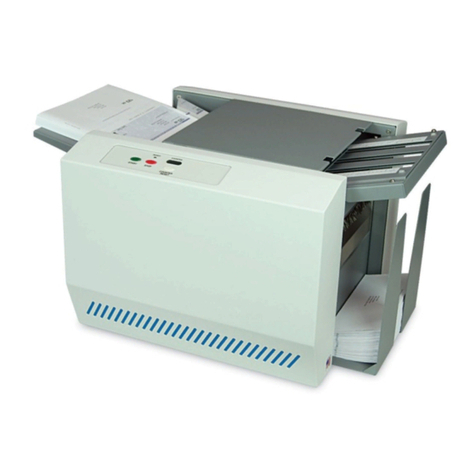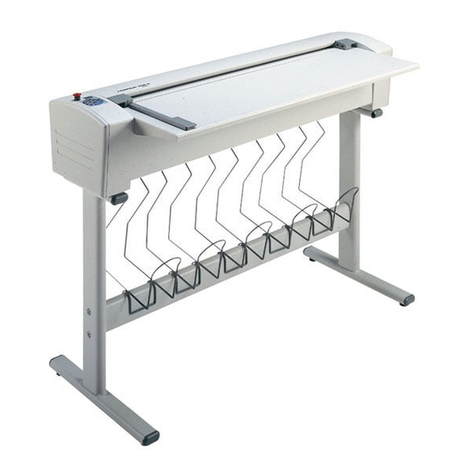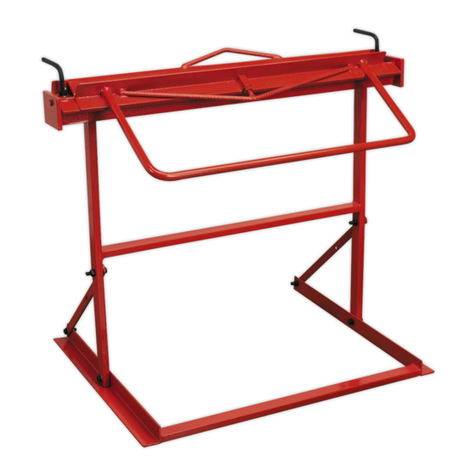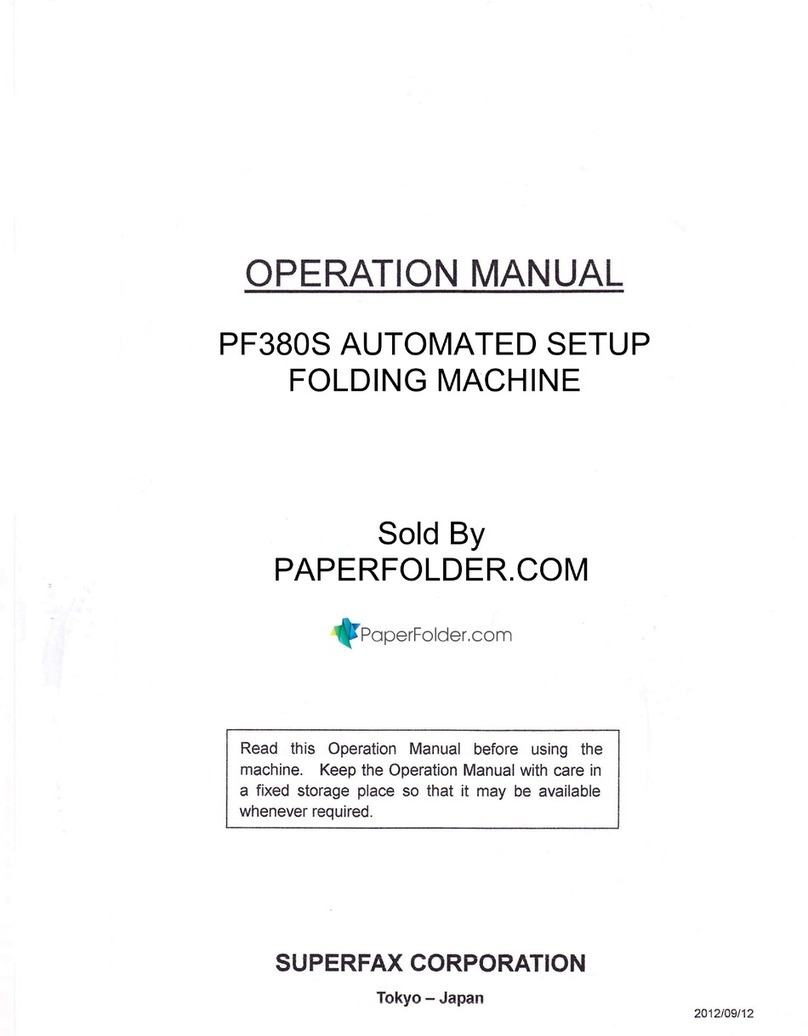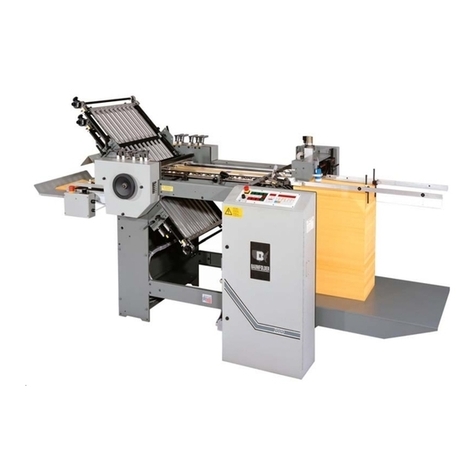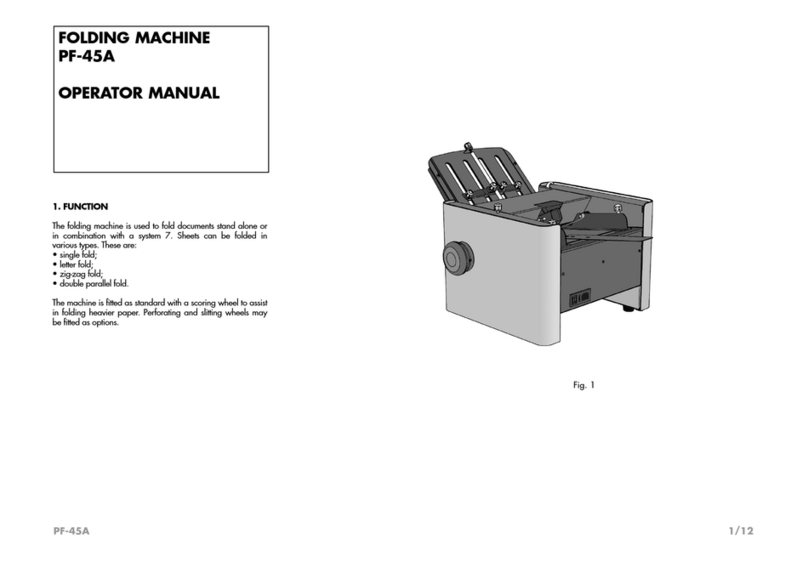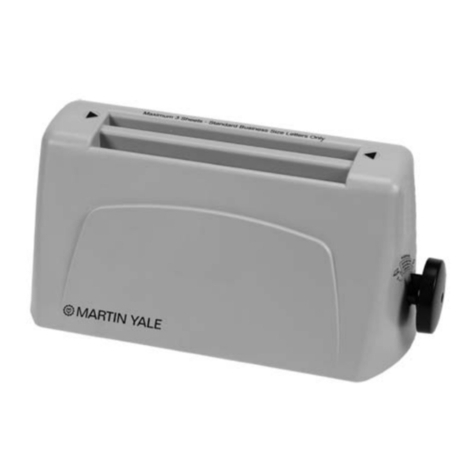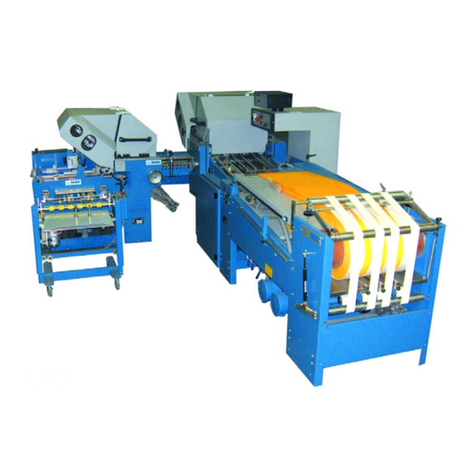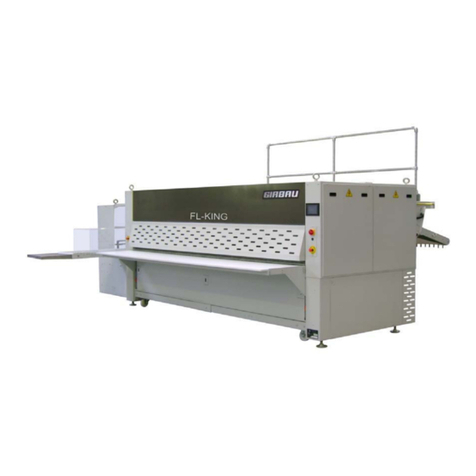Pressure Seal PS 400 User manual



This manual is protected under the Copyright Laws of the United Kingdom. All rights
reserved. Reproduction of this material without the express written consent of Pressure
Seal Systems Ltd is prohibited.
PRESSURE SEAL SYSTEMS MAY MAKE IMPROVEMENTS AND OR CHANGES IN THE
PRODUCT DESCRIBED IN THIS MANUAL AT ANY TIME AND WITHOUT NOTICE.
This publication could contain technical inaccuracies or typographical errors. Changes
are periodically made to the information contained in this manual; these changes will be
incorporated in new editions of this publication.
Correspondence regarding this publication should be addressed directly to:
InfoSealPS
PS 400

Page intentionally blank
PS 400

Contents
1. Introduction
General ........................................1
Which side is which? .................................2
How to use this manual ................................3
Safety precautions ...................................4
Operating environment .................................4
Power requirements ..................................5
If the machine is damaged ...............................6
2. Features
General ........................................7
Folder components...................................8
Form guides ...................................8
Feed roll .....................................8
In-feed tray ....................................8
Folding plates ..................................8
Folding rollers...................................8
Operator controls....................................9
LCD display....................................9
On/Start Button ..................................9
Off/Stop button .................................10
+ button () ...................................10
– button ()....................................10
Reset button...................................10
Select button ..................................10
Speed control slider ...............................10
Power and safety components ............................11
Mains lead ...................................11
Top cover ....................................11
PS 400
03-19-02 Iss. 1. Page v

Sealing and stacking components...........................11
Pressure bolts ..................................11
Sealing rollers ..................................11
Conveyor ....................................11
3. Set-up
Setting up the machine ................................13
Removing the top cover................................14
Removing the folding plates..............................15
Setting up the folder .................................16
V fold set-up...................................16
C fold set-up ..................................18
Z fold set-up...................................20
Adjusting the form guides ............................22
Setting up the form conveyor ..........................23
4. Operation
General ........................................25
Loading forms ....................................26
Starting up and testing the machine ..........................27
Verifying folder settings .............................28
Processing forms ...................................29
Interrupting operation ..............................29
5. Operation Errors
Error Conditions ...................................31
Clearing mishandled forms ..............................32
Jam in folder ..................................32
Jam after folder .................................33
Pressure sealer bolt release ...........................34
Troubleshooting ...................................36
PS 400
Page vi 03-19-02 Iss. 1.

6. Cleaning the machine
Cleaning procedure ..................................39
7. Specifications
Folder/Sealer Specifications..............................41
Construction...................................41
Sealer ......................................41
Size .......................................41
Weight .....................................41
Power ......................................41
Speed ......................................41
Environment ...................................41
Feeder Capacity .................................42
Noise ......................................42
Form Specification ..................................42
Sizes ......................................42
Fold Configuration ................................42
Appendix A - Form Loading Guide
Appendix B - Form Curl
Service Visit Log
PS 400
03-19-02 Iss. 1. Page vii

Page intentionally blank
PS 400
Page viii 03-19-02 Iss. 1.

1. Introduction
General
This folder/sealer produces finished mailable documents or "self-mailers" from cut-sheet
Pressure Seal forms. In one smooth operation it folds and seals single sheets into
self-mailers quickly and economically. Pressure activated cohesives provide an instantly
secure seal on all sides of the form, whether you use a “C”, “V” or “Z” fold.
Features include:
•Simple to load and operate
•Easy to change the fold styles
•C, V, offset V and Z fold styles
•No adjustment required when changing the weight of forms used
•Automatic stop when the in-feed tray is empty
•If empty at power-up, the in-feed tray lowers for form loading
•In-feed forms electronic counter with reset
•Form flow error detection
This operator manual describes the set-up and operation of the machine and is written as
a reference for an operator who is familiar with mailing operations and has received some
basic training in operating this model.
03-19-02 Iss. 1. Page 1
Figure 1: Types of fold produced

Which side is which?
The terms "in-feed", "out-feed", "operator side" and “non-operator side” are used
throughout this manual to identify the sides of the machine.
•The in-feed is the side into which the forms are loaded.
•The out-feed is the side out of which the finished mailers exit.
•The operator side of the machine contains the control panel and is the side facing you
when the in-feed of the machine is on your left.
•The non-operator side contains the mains connection and on/off switch and is at the
back of the machine as you stand facing the operator side.
1. Introduction PS 400
Page 203-19-02 Iss. 1.
Non-operator side
Operator side
Out-fee
d
In-feed
Figure 2: The sides of the machine

How to use this manual
Here is a summary of what is contained in this manual and where:
•Features (page 7) - describes the major components you use to set up and operate
the machine. New operators should read this section to gain a basic understanding of
how the machine works. Experienced operators should read this section when they
have a specific question about the function of a particular feature.
•Set-up (page 13) - outlines the tasks required to set up the machine. Provides easy
step procedures for removing the top cover and folding plates and setting up the
folder. New operators should read each procedure as they perform the task.
Experienced operators should refer to relevant parts of the procedure to find answers
to specific questions.
•Operation (page 25) - provides easy step-by-step procedures for loading and starting
the machine.
•Operation errors (page 31) - lists common operating problems and possible causes
and solutions.
•Cleaning (page 39) - provides details of the cleaning required to keep the machine in
the best possible condition.
•Specifications (page 41) - provides the technical details of the folder/sealer.
•Form loading guide (page 43) - explains how to load forms based on the form
design, type of fold, condition of forms (if they are curled or not - see Appendix B on
page ), and how the folded/sealed forms should be orientated when they reach the
conveyor.
PS 400 1. Introduction
03-19-02 Iss. 1. Page 3

Safety precautions
Although the design of your folder/sealer includes safeguards for set-up and operation,
you must adhere to the following precautions.
INo one should use the machine unless they have been trained to do
so. Pressure Seal Systems Ltd accept no responsibility for
unauthorized use.
Operating environment
•Dress safely. Loose clothing, long hair and jewellery can become tangled in moving
parts.
•Keep your work area and the machine clean and clear of dust or debris. Details of
how to clean the machine thoroughly are given in Chapter 6.
•Do not place the machine on an unstable stand or table. The machine may fall,
causing serious damage or injury.
ITo avoid personal injury and damage to the machine, it should
always be lifted by two people.
•Do not allow anything to rest on the mains lead. Do not relocate the machine where
anyone will walk on the lead.
•Operate the machine only with the top cover in place; the forms properly loaded in the
in-feed tray and the out-feed tray/conveyor initially empty.
•Keep hands clear of the in-feed and out-feed areas when the machine is running.
IExcept as explained elsewhere in this operator manual, do not
attempt to service the machine. Doing so may expose you to
dangerous voltages or other risks. Do not remove the protective
side covers from the machine. Refer servicing to qualified service
personnel. Only trained, authorised service personnel should
remove the protective side covers - and then only for servicing
purposes.
1. Introduction PS 400
Page 403-19-02 Iss. 1.

Power requirements
The machine must be operated from the type of power source indicated on the voltage
setting label (see Figure 3). If you are unsure of the type of power available, consult your
Pressure Seal representative or local power company.
PS 400 1. Introduction
03-19-02 Iss. 1. Page 5
Voltage Setting Label
Figure 3: Voltage Setting Label Location

If the machine is damaged
Unplug the machine from the wall outlet and refer servicing to qualified personnel under
the following conditions:
qIf the mains lead is damaged or frayed
qIf liquid has been spilled into the machine
qIf the machine has been exposed to rain or water
qIf the machine has been dropped or damaged
qIf the machine does not operate normally when the operating instructions are
followed. Adjust only those controls that are covered by the operating instructions,
since improper adjustment of other controls may result in damage.
qIf the machine exhibits a distinct change in performance, indicating a need for a
service
1. Introduction PS 400
Page 603-19-02 Iss. 1.

2. Features
General
This section guides you through the features of the folder/sealer. The component names
introduced in this section are used throughout this manual.
Please refer to Figure 4 below as you read about the features of the machine.
03-19-02 Iss. 1. Page 7
S
ealer Pressure Bolts
Feed Roller
Form Guides
Sealer Rollers
Control Panel
Conveyor
Top Cover
In-feed Tray
Second Fold Plate
Fold Rollers
First Fold Plate
Figure 4: Features of the machine

Folder components
Form guides
The form guides keep the forms aligned so the feed roll feeds each one squarely. The
form guides on the machine are adjustable to accommodate various sheet widths.
Feed roll
The feed roll provides reliable single-sheet form feeding into the folding area. The feed roll
requires no adjustment.
In-feed tray
The in-feed tray holds the stack of forms allowing them to be fed by the feed roll. The
spring-loaded tray presses the forms against the feed roll, automatically providing the
correct pressure to allow only one form at a time to be fed into the folder.
Folding plates
These provide for simple "V" (centre or half) folds, "Z" (zigzag) folds or "C" (letter) folds.
The plates are adjustable to accommodate various form lengths.
Folding rollers
The folding rollers work in conjunction with the folding plates to produce folds. The rollers
feed the form into and out of the folding plates. The top roller is removable, which aids
recovery of mishandled forms (see page 32).
2. Features PS 400
Page 803-19-02 Iss. 1.

Operator controls
LCD display
The batch counter on the LCD display indicates the number of forms in the current batch
(since it was last reset) and is zeroed by pressing the reset button (see Figure 5).
PThere is an additional counter located inside the machine indicating the cumulative
total. This may only be reset by a service engineer.
The LCD display also indicates any error messages (see page 31) and the machine’s
current status e.g. Ready, Running, software version, etc.
On/Start Button
The On/Start button switches the machine on and also performs the following:
•Momentarily pressing the run switch processes one form.
•Pressing and holding the run switch for two seconds starts the continuous processing
of all the forms
PS 400 2. Features
03-19-02 Iss. 1. Page 9
+
Select
Reset
On/Start
Raise Form
In-feed Tray Lower Form
In-feed Tray
Reset
Butto
n
Speed Control Slider
FasterSlower
Off/Stop
Figure 5: Operator controls

Off/Stop button
Pressing the Off/Stop button stops the machine after the form currently being fed is
processed. You can stop the machine at any time while forms are processing.
+ button ( )
This button raises the in-feed tray, enabling forms to be fed into the machine.
– button ( )
This button lowers the in-feed tray, enabling forms to be loaded.
Reset button
This resets the batch counter on the LCD display to zero.
Select button
This is an engineering function button and should not be used by operators.
Speed control slider
This slider controls the speed at which forms are processed by the machine. Moving the
slider to the right speeds up form processing. Moving the slider to the left slows down
form processing.
2. Features PS 400
Page 10 03-19-02 Iss. 1.
+

Power and safety components
Mains lead
The mains lead supplies electrical power to the machine.
Top cover
The top cover provides access to the folding and sealing components. The cover has two
safety switches, one at the out-feed and one on the operator's side, which disables
operation of the machine when it is removed or not properly installed.
Sealing and stacking components
Pressure bolts
These allow you to release the pressure on the sealing rollers for clearing mishandled
forms. These bolts can be loosened using the allen key provided (see page 34).
Sealing rollers
The sealing rollers provide the pressure required to tightly seal the edges of the form.
Conveyor
This final component collects the self-mailers and stacks them for easy removal. It is
adjustable for different forms.
PS 400 2. Features
03-19-02 Iss. 1. Page 11

Page intentionally blank
2. Features PS 400
Page 12 03-19-02 Iss. 1.
Table of contents
Other Pressure Seal Folding Machine manuals

